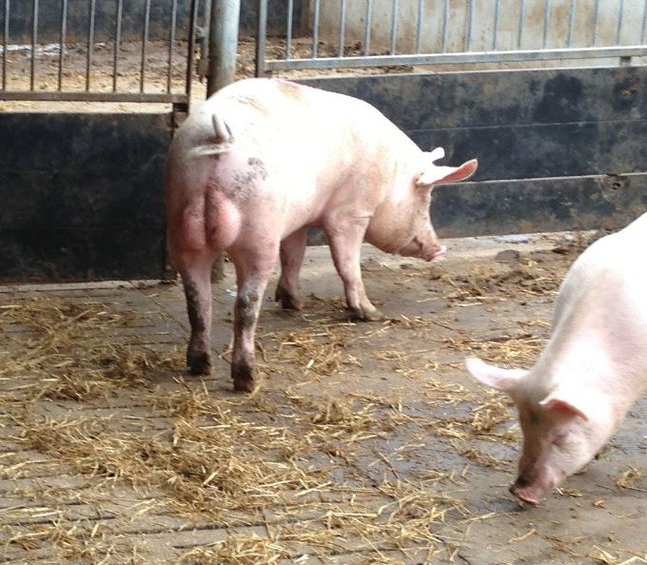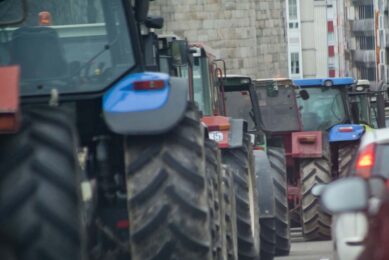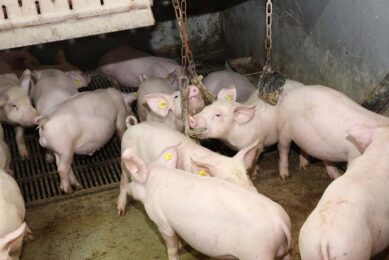Reduced boar taint in lightweight and clean pigs

The risk of boar taint in meat from organic entire male pigs can be reduced if the pigs are kept clean from manure and if the live weight at slaughter is lower than usual.
That has been a conclusion in a PhD research project called ‘Management of organic entire male pigs – boar taint and animal welfare issues’. It was carried out by researchers from the Aarhus University, Denmark. The project that studied approaches that can be included in an overall concept of organic male pig production.
Good management possibilities for male pigs
In a news release, author Rikke Thomsen, attached to the university’s Department of Animal Science, commented, “This finding provides organic pig farmers with good management possibilities for setting up a production of male pigs for slaughter. The greatest obstacle in such a production is the necessity of sorting pigs due to boar taint which in turn leads to economic loss.”
In the European Union (EU), a goal has been set to phase out surgical castration as from 2018. Phasing out castration, however, does not solve the issue of boar taint. The project therefore focused on investigating the effect of liveweight at slaughter and soiling with manure of pens and pigs on the prevalence of boar taint in the meat.
Thomsen also studied the importance of grouping strategy and group size in relation to animal welfare. The study was carried out on five commercial organic farms and included 1,700 male pigs.
Reduced boar taint with reduced weight
Reduced liveweight at slaughter led to a reduced prevalence of boar taint measured as androstenone and skatole concentration in the carcass. The threshold for androstenone of 1 ppm was already reached at live weights of 60 and 80 kg for the winter and summer periods, respectively. The effect varied between farms and there was also a large variation in the level of boar taint in animals with a low slaughter weight.
Skatole can presumably be absorbed from manure through the skin or lungs.
Increased soiling leads to more skatole
Thomsen said, “We found that increased soiling in the outdoor area led to a higher concentration of skatole, although the effect varied between farms and between the summer and winter seasons.”
The researcher continued to say, “Soiling of the pens had no effect on the concentration of androstenone, but the dirtier the animals the higher the concentration of skatole and androstenone.
“There was a great variation in the various measurements for boar taint in both low and high levels of soiling. However, reducing the amount of manure in the pigs’ area could be useful in combination with other measures to reduce boar taint.”
Effect of group size and grouping strategy on welfare
Previous studies on conventional farms have shown that increased aggression and mounting in entire male pigs reduces animal welfare. In the present study, regrouping of male pigs at 30 kg did not result in more lesions compared to groups that were merely reduced in size. In general, however, there were slightly more lesions in groups of 30 animals compared to groups of 15 animals.
Group size did not affect mounting frequency and there was no clear effect of grouping strategy between farms.
Sexual behaviour is not affected by environment
Thomsen commented, “This indicates that the sexual behavior that leads to mounting is not particularly affected by the pigs’ environment but more by the individual traits of the pigs.
“Our results show that organic entire male pigs generally experience good animal welfare because elements from organic production systems encompass the behavioural needs of entire male pigs.”
 Beheer
Beheer








 WP Admin
WP Admin  Bewerk bericht
Bewerk bericht